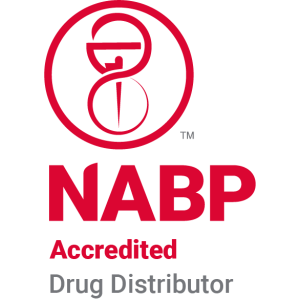September 11, 2025
Understanding Telehealth for Weight Loss In the age of digital health, telehealth has revolutionized the way we approach weight loss, offering a blend of accessibility, tailored programs, and expert insights—all from the comfort of our homes



